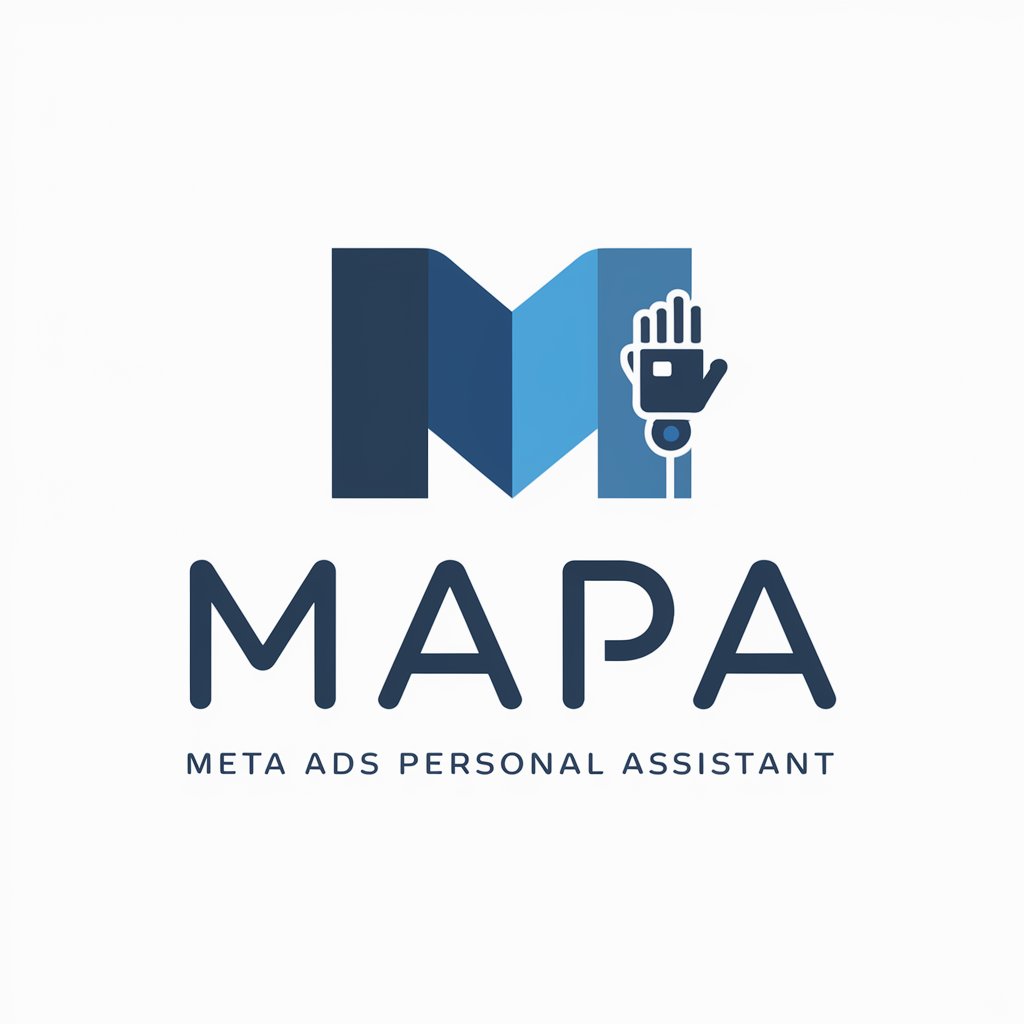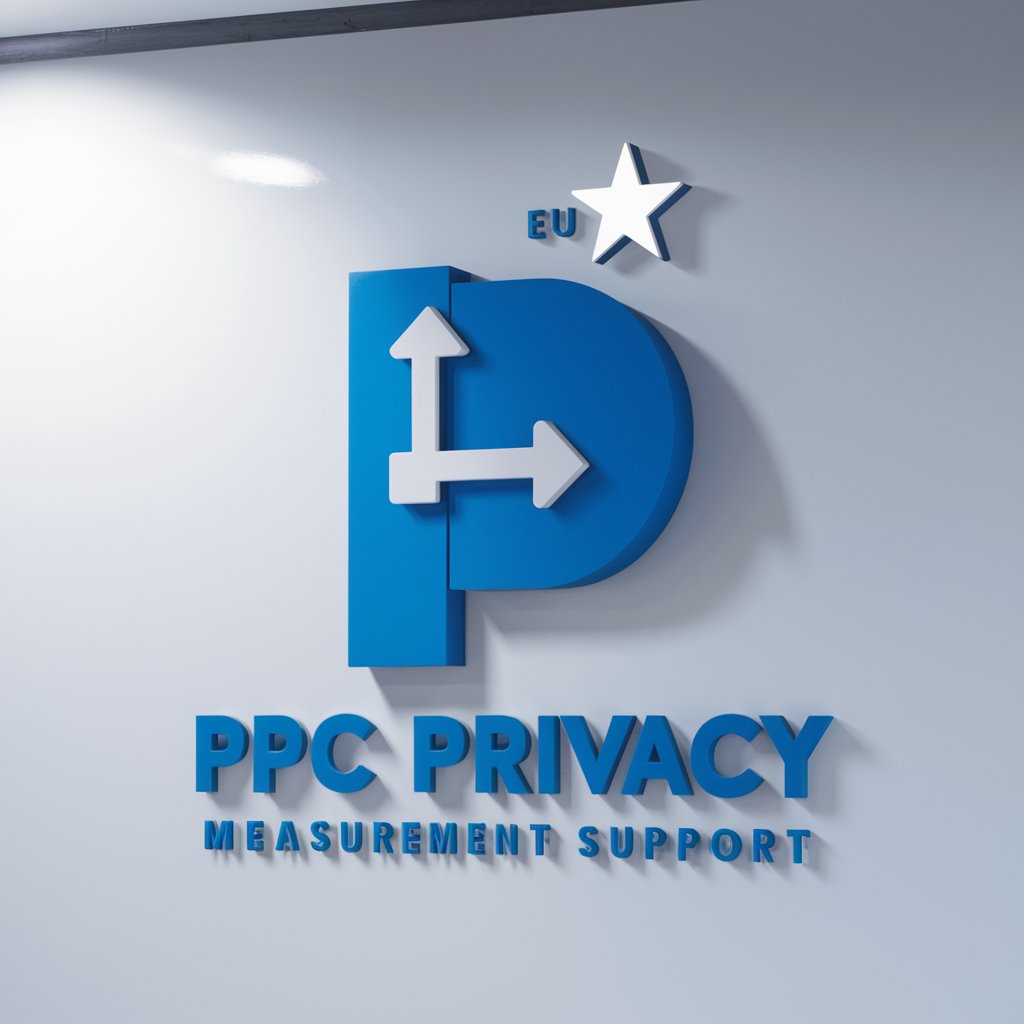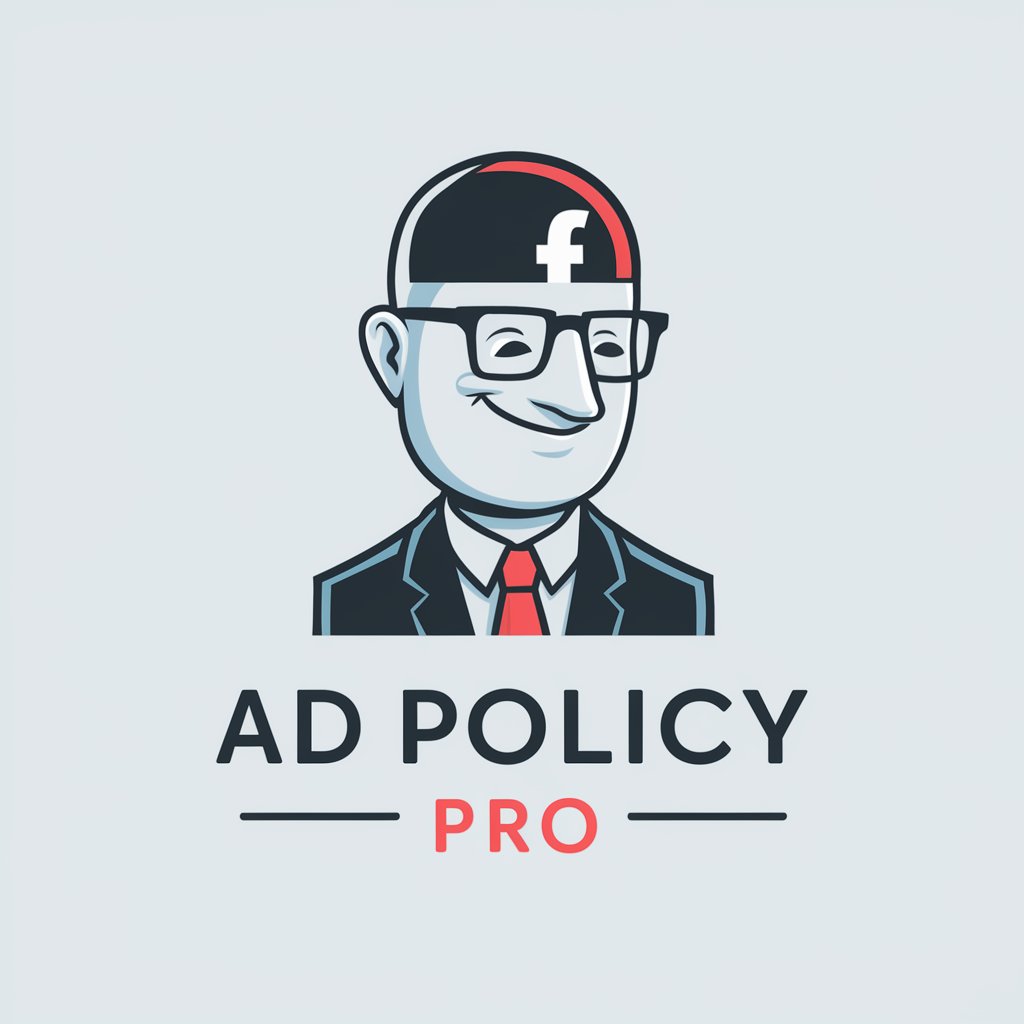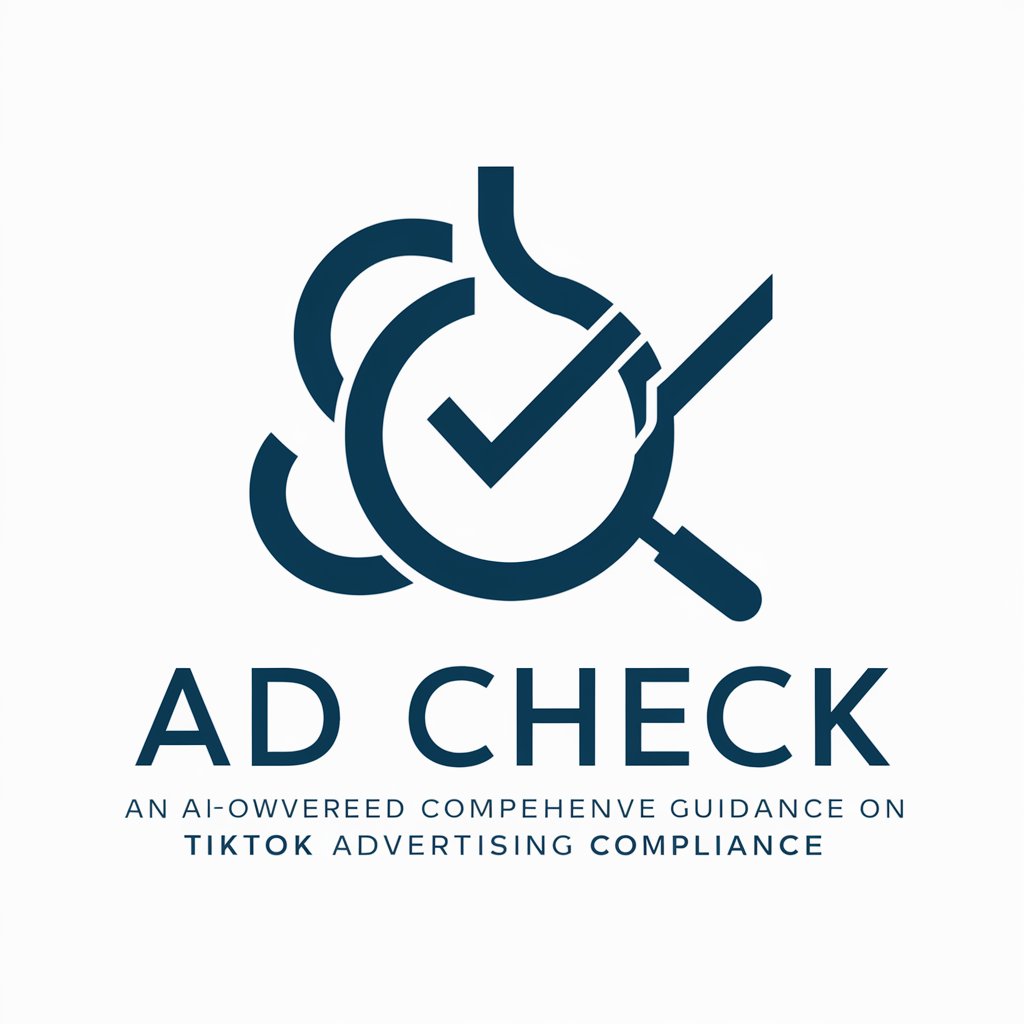11 GPTs for Ad Compliance Powered by AI for Free of 2025
AI GPTs for Ad Compliance refer to advanced generative pre-trained transformer models that are specialized in the field of advertising compliance. These tools leverage the power of AI to understand, interpret, and generate text-based outputs that adhere to advertising standards and regulations. Their relevance lies in the ability to automate the review process, ensure ad content meets legal and ethical guidelines, and minimize the risk of non-compliance. By incorporating the latest in AI technology, these GPTs offer tailored solutions that streamline the ad verification process, making it faster and more efficient.
Top 10 GPTs for Ad Compliance are: Meta Ad Visor,Mr. Paid Social Ads Policy,Adsmith By Adskills.com,Ad Policy Assistant,Especialista em ADS,PPC Privacy Measurement Support (by Thomas Eccel),Ad Image Assistant,Ad Policy Pro,Ad Wolf,Ad Check
Meta Ad Visor
Ensuring Ad Compliance with AI

Mr. Paid Social Ads Policy
Navigate ad policies with AI precision.

Adsmith By Adskills.com
Elevate Your Ads with AI Precision

Ad Policy Assistant
Ensuring ad success with AI-powered insights

Especialista em ADS
Empower Your Ads with AI

PPC Privacy Measurement Support (by Thomas Eccel)
Navigate ad privacy with AI-driven support

Ad Image Assistant
Optimize Ads with AI-Powered Insights

Ad Policy Pro
Ensuring ad compliance with AI power

Ad Wolf
Crafting Your Brand's Voice into Engaging Ads

Ad Check
Empower Your Ads with AI-Driven Compliance Insights

Andrei Isip - Ads Policy Checker
Ensuring Your Ads Meet Policy Standards
Key Attributes of Ad Compliance AI Tools
AI GPTs designed for Ad Compliance stand out for their adaptability and precision in navigating the complex landscape of advertising regulations. Core features include natural language processing capabilities for understanding and generating compliant ad content, the ability to learn from examples to improve over time, and support for multiple languages to cater to global markets. Special features might encompass technical support for integration with ad platforms, web searching for regulatory updates, image analysis for content compliance, and data analytics tools for performance tracking and optimization.
Who Benefits from Ad Compliance AI
The primary beneficiaries of AI GPTs for Ad Compliance include marketing professionals, advertising agencies, and legal teams focused on ad content. These tools are accessible to novices, offering user-friendly interfaces that require no coding skills, while also providing advanced customization options for developers and tech-savvy users. This dual approach ensures that a wide range of users can leverage these AI tools to enhance ad compliance processes efficiently.
Try Our other AI GPTs tools for Free
Policy Violation
Discover AI GPTs for Policy Violation: your solution for identifying, managing, and mitigating policy infractions efficiently through advanced AI.
Ad Review
Discover how AI GPTs for Ad Review can transform your advertising strategy with advanced analysis, optimization, and compliance checks for maximum effectiveness.
Content Adjustment
Discover AI GPTs for Content Adjustment: your solution to tailor, enhance, and optimize content effortlessly, ensuring relevance and engagement across all platforms.
Platform Guidelines
Discover how AI GPTs transform platform guideline management with advanced natural language processing, offering customizable, efficient, and intelligent moderation solutions.
Effortless Purchasing
Discover how AI GPTs for Effortless Purchasing transform online shopping with personalized assistance, automated tasks, and insightful recommendations, making every purchase seamless and intuitive.
Medical Learning
Explore the next generation of medical learning with AI GPTs, designed to revolutionize healthcare education, research, and practice through advanced AI technology.
Innovative Applications in Ad Compliance
AI GPTs are not just tools for ensuring compliance; they are also catalysts for innovation within the advertising sector. Their ability to quickly adapt to regulatory changes, coupled with user-friendly interfaces, makes them ideal for integrating with existing systems or workflows. This flexibility ensures that businesses can stay ahead of compliance issues while also exploring new creative avenues for ad content.
Frequently Asked Questions
What exactly does AI GPT for Ad Compliance do?
It automates the process of checking ad content against compliance standards, using AI to ensure ads meet legal and ethical guidelines.
Can non-technical users operate these AI GPT tools?
Yes, these tools are designed with user-friendly interfaces that allow non-technical users to easily navigate ad compliance checks.
How do these tools adapt to changes in advertising regulations?
AI GPTs for Ad Compliance continually learn from new data, enabling them to adapt to changes in regulations and maintain up-to-date compliance.
Can AI GPT tools support multiple languages for global ad campaigns?
Yes, they are equipped to handle multiple languages, making them suitable for reviewing and generating compliant content for global markets.
Are there customization options for developers?
Developers can access APIs and programming interfaces to customize and integrate the AI tools with existing ad platforms and workflows.
How do these AI tools ensure privacy and data security?
Ad Compliance AI GPTs are designed with privacy and security in mind, ensuring that data is handled in accordance with relevant laws and standards.
Can these tools analyze and approve image-based ads?
Some AI GPTs for Ad Compliance include image analysis capabilities to check visual content against compliance standards.
What is the potential impact of AI GPTs on the future of ad compliance?
AI GPTs are set to revolutionize ad compliance by increasing efficiency, reducing human error, and enabling more dynamic and responsive ad content strategies.